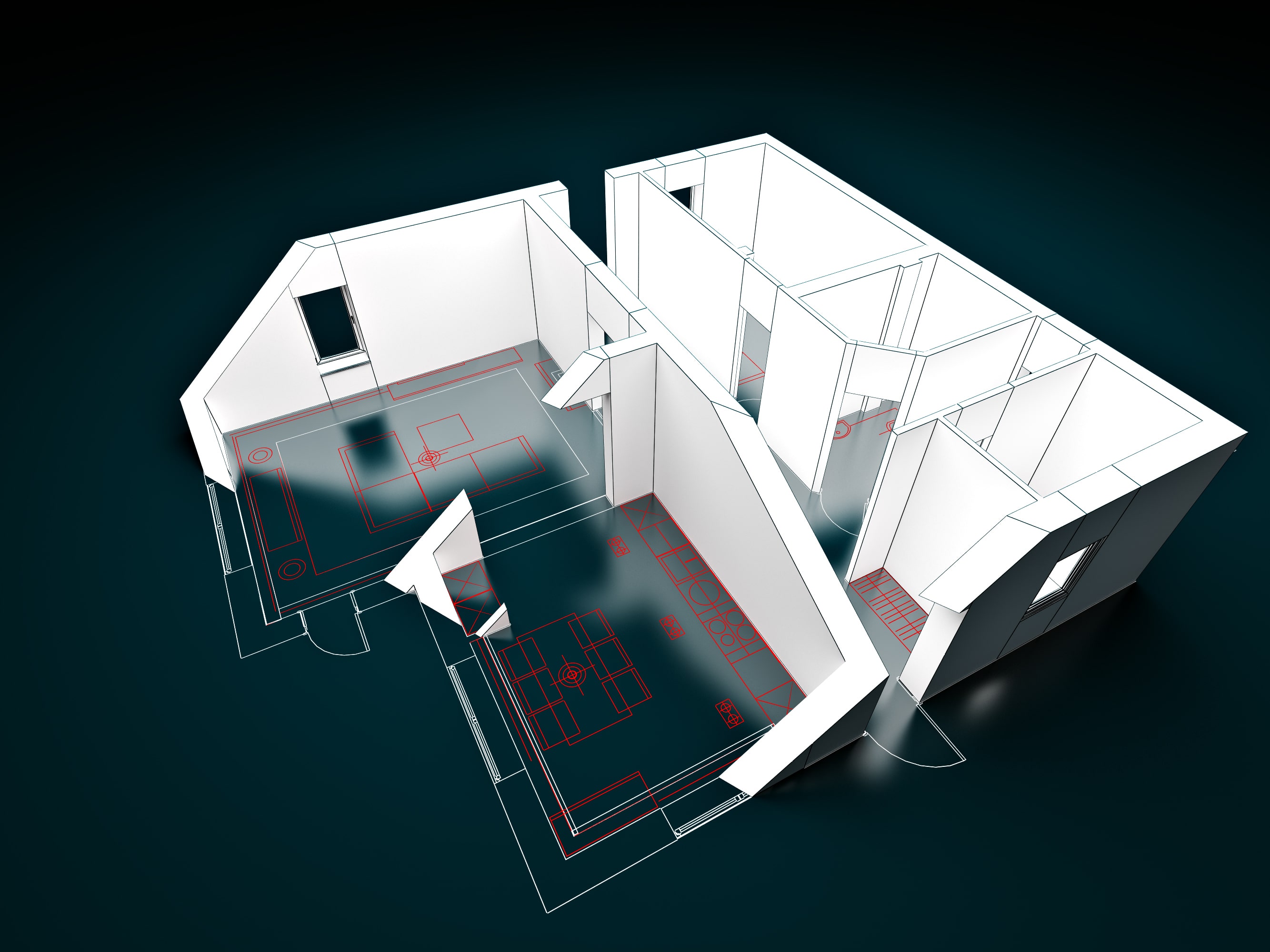The Role of 3D Scanning in As-Built Documentation

As-built documentation is essential for understanding the exact state of a building after construction, renovation, or retrofitting. Traditional methods involve manual tape measurements and hand-drawn sketches—slow, error-prone, and outdated. That’s where 3D scanning steps in.
Using LiDAR or photogrammetry-based scanning, professionals can capture a building’s structure in its current state with millimeter-level accuracy. The resulting point cloud is then converted into CAD drawings or BIM models that reflect the true physical conditions—no guesswork.
Why 3D Scanning Beats Traditional As-Built Workflows
- Extreme Accuracy: Capture detailed geometry of walls, ceilings, pipes, and equipment.
- Time Savings: Scan in hours what might take days manually.
- Digital Archive: Maintain a permanent, up-to-date digital record of your structure.
Key Use Cases
- Renovation & Restoration: Get a clear view of what you’re working with before starting demolition.
- Compliance: Ensure as-built conditions meet code and safety standards.
- Tenant Fit-Outs: Deliver accurate plans to architects and designers planning interior changes.
Real-World Impact
Using 3D scanning for as-built documentation reduces rework, speeds up approvals, and improves collaboration among teams using BIM or CAD software.
Ready to explore in more?
Start here:
Prefer to Speak Directly?
Experience precision in every project.



